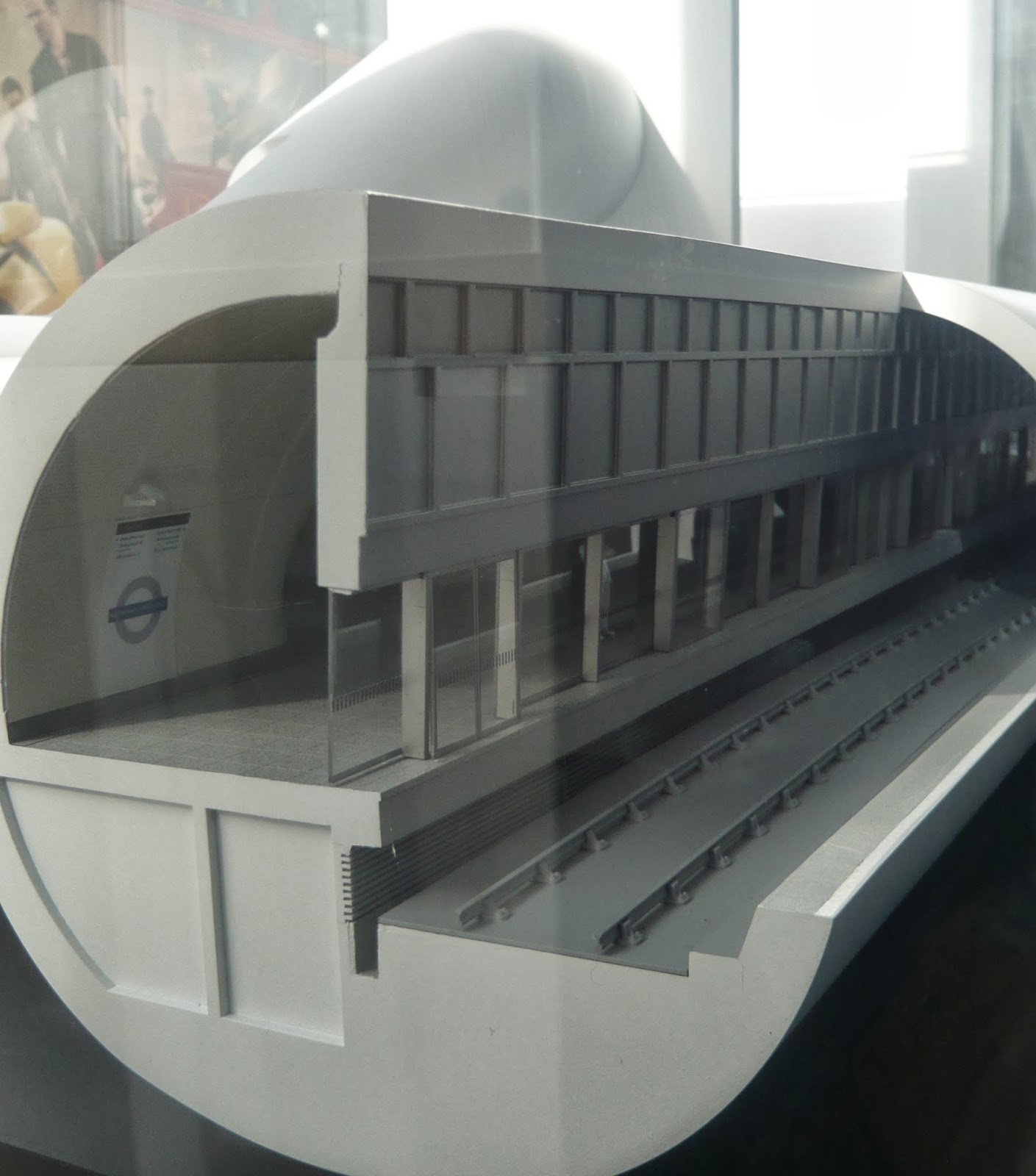The Armadillo in my last blog post,
you can read it here,
has surely captured my imagination.
The more I think about it:
...the nose, like a rat?
...the ears, cute?
...the shell, comfortable?
...having hard shell down the front of your face, odd?
...the claws, huge?
...the tummy, hairy?
...rolling into a ball, very clever?
Well I found another...
...at the Grant Museum.
Here's what the Armadillo looks like underneath the shell, the skeleton.
This one has a much longer tail.
The colour of the shell could have faded with the light over time.
Sorry not a great quality photo.
Just to keep the weird creature theme going...
...I present the Elephant Shrew,
related to both the elephant and the mole.
This photo, with its reflection, of a table full of books alongside the labels,
makes me think he looks like he works in a bank.
Do you know of any weird creatures?
Please leave a comment and where to find them.
These two are to be found at the Grant Museum, an amazing zoological museum,
open afternoons, not Sundays.























.JPG)
.JPG)












